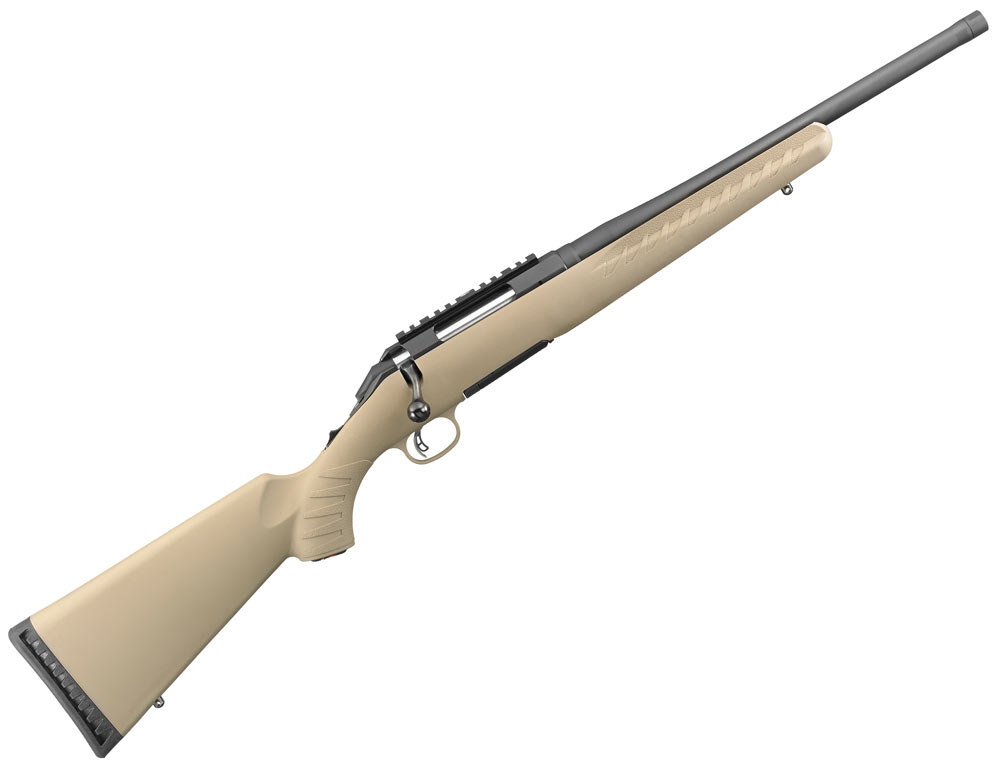
In the day and age semi-automatics seem to rule the roost, there are still companies dedicated to good old bolt-action rifles. Count Ruger among them.
The New Hampshire/Arizona-based manufacturer has had great success offering shooters an economical and accurate bolt-action in its American Rifle line. The line has proven so popular since its introduction in 2011 that Ruger has expanded it almost every year since.
It seems 2014 has been no different.
On the heels of the Predator model release, the company is set to add 11 more firearms to the American Rifle line. The expansion comes with the addition of two new versions — a left-handed configuration and a Ranch model.
Ruger’s southpaw version is nearly identical to the original American Rifle, but with the bolt moved to the port side for easier manipulation by lefties. And the company is giving left-handers an ample selection to choose from with seven different chamberings: .223 Remington, .22-250 Remington, .243 Winchester, 7mm-08 Remington, .308 Winchester, .270 Winchester and .30-06 Springfield.
The Ranch version is a bit more of a break from the rest of the American line, offering shooters what looks to be a handy utility rifle. The version is the shortest in the line, boasting a 16.12” barrel and is offered with the choice of a standard or compact polymer stock. With the standard stock the Ranch Rifle’s overall length of 36”, with the compact it is 34 ¾”.
The Ranch rifle comes in two calibers, 5.56 NATO/.223 and 300 Blackout, two of the most popular AR calibers. This gives the bolt-action the potential of being a solid complementary gun to the ubiquitous semiautomatic. Another feature that could help marry it to an AR, the factory-installed scope rail that allows for quick optic swaps.
The Ranch model comes with a threaded muzzle (1/2-28″ on 5.56 NATO/.223 Rem., 5/8-24″ on 300 BLK.), ready to accept a suppressor. The rifle is outfitted with a thread protector at the factory, keeping the muzzle and threads safe without a silencer.
The rifles include all the features common to the line.
They come outfitted with the Ruger Marksman Adjustable Trigger that offers a crisp release with a pull weight that is user adjustable between 3 and 5 pounds.

The rifles are outfitted with Ruger's patented Power Bedding System, stainless steel bedding blocks insert-molded into the stock to positively locate the receiver and free-float the barrel.
The barrels are cold hammer-forged, which the company boasts provides MOA accuracy and long-term endurance.
The Ruger American Rifles also have three-lug, 70-degree bolts that provides ample scope clearance and utilizes a full diameter bolt body and dual cocking cams for smooth, easy cycling from the shoulder. They come standard with rotary magazines that fit flush with the stock.
Also, like the rest of the American Rifle line, the firearms are not cost prohibitive. The left-handed version has an MSRP of $449, while the Ranch version is priced at $489

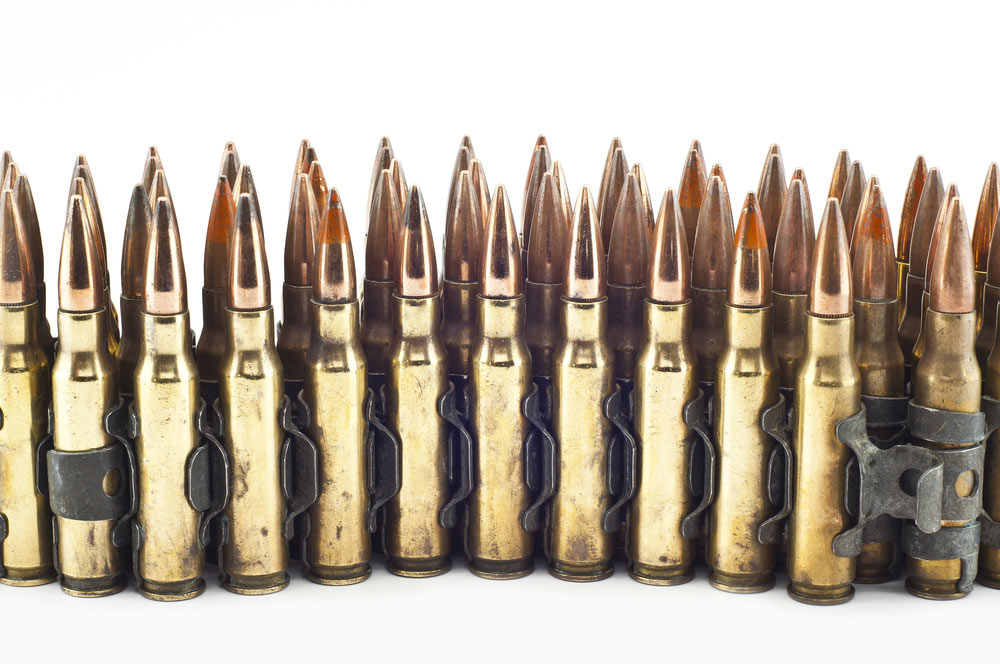
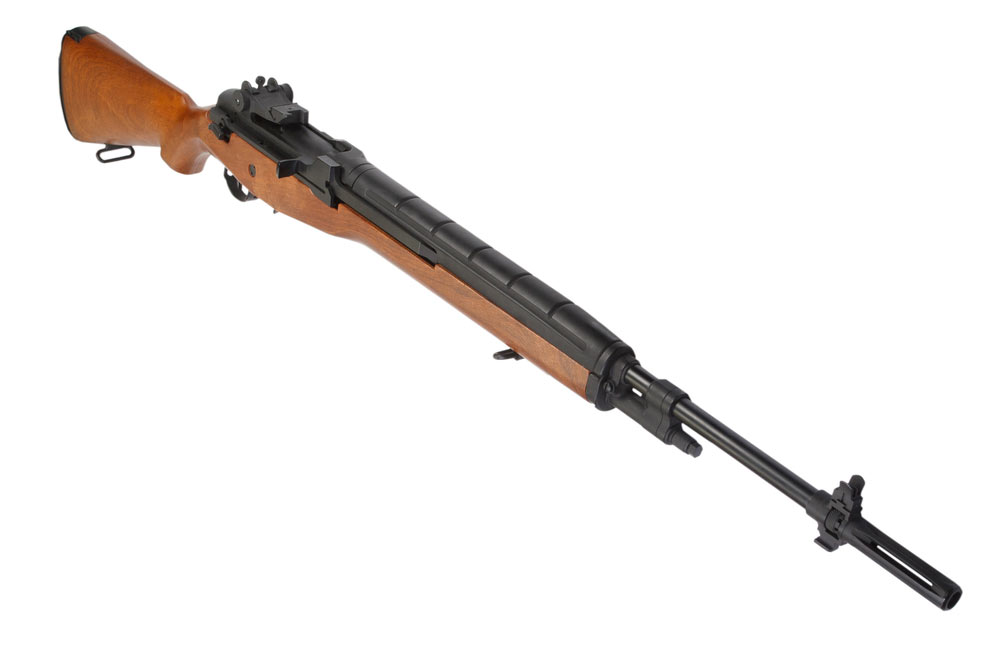
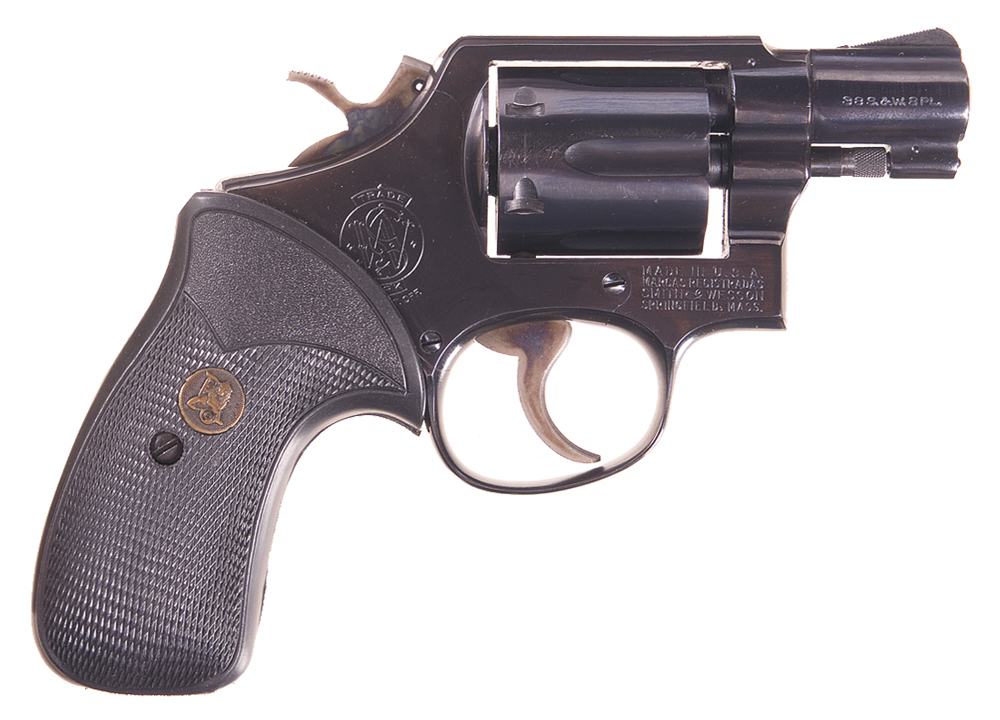
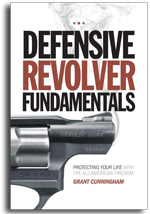
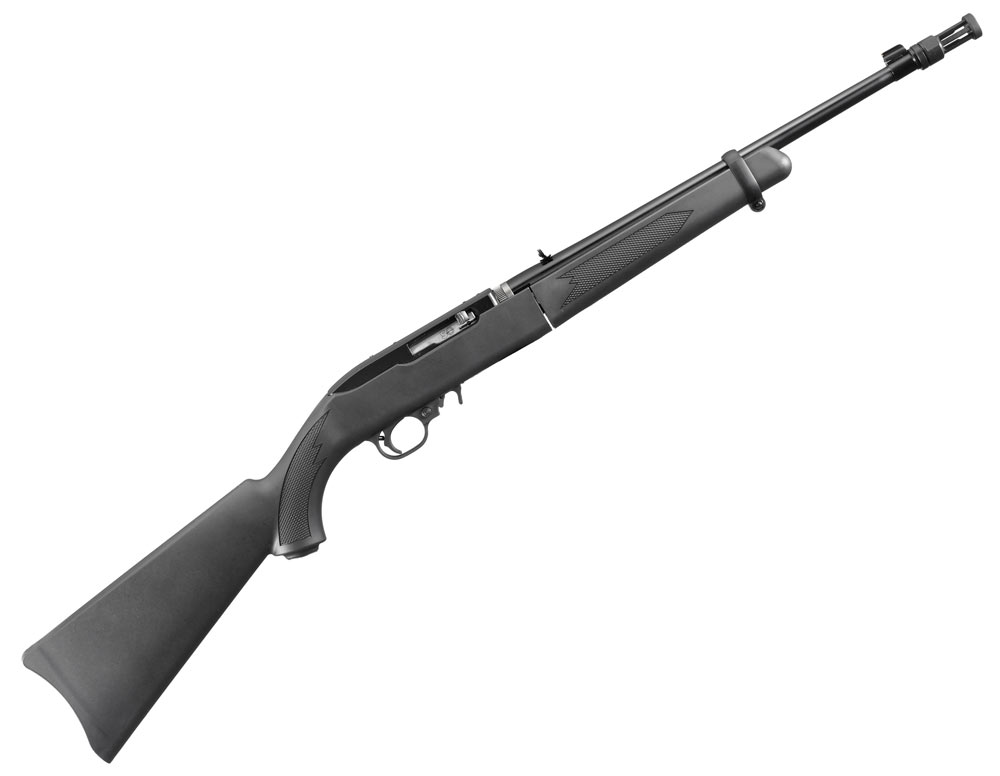


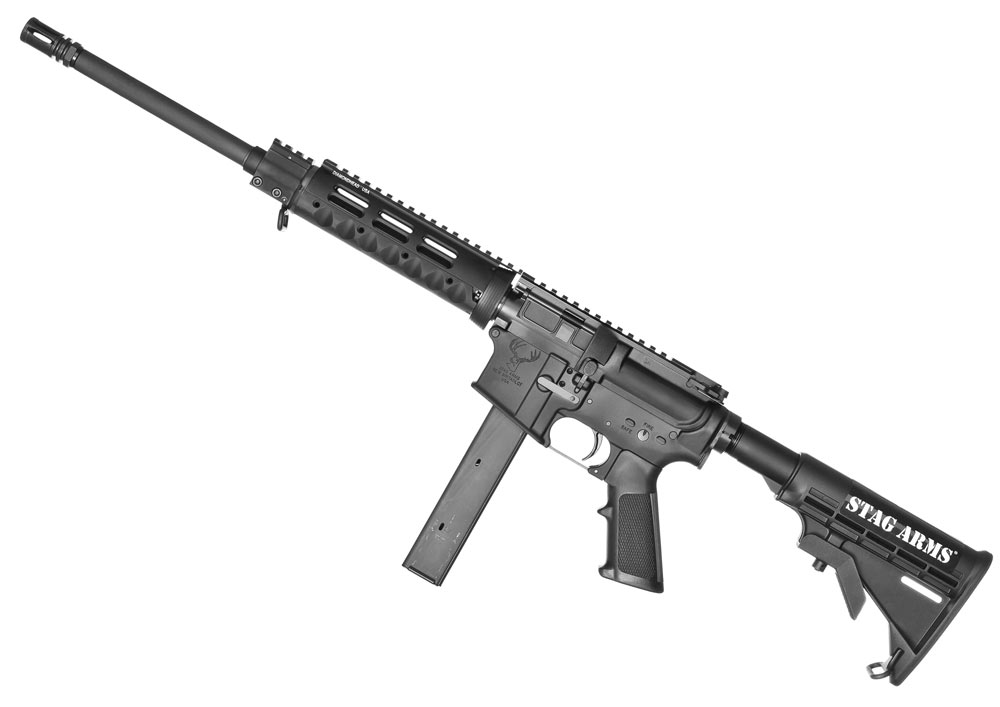
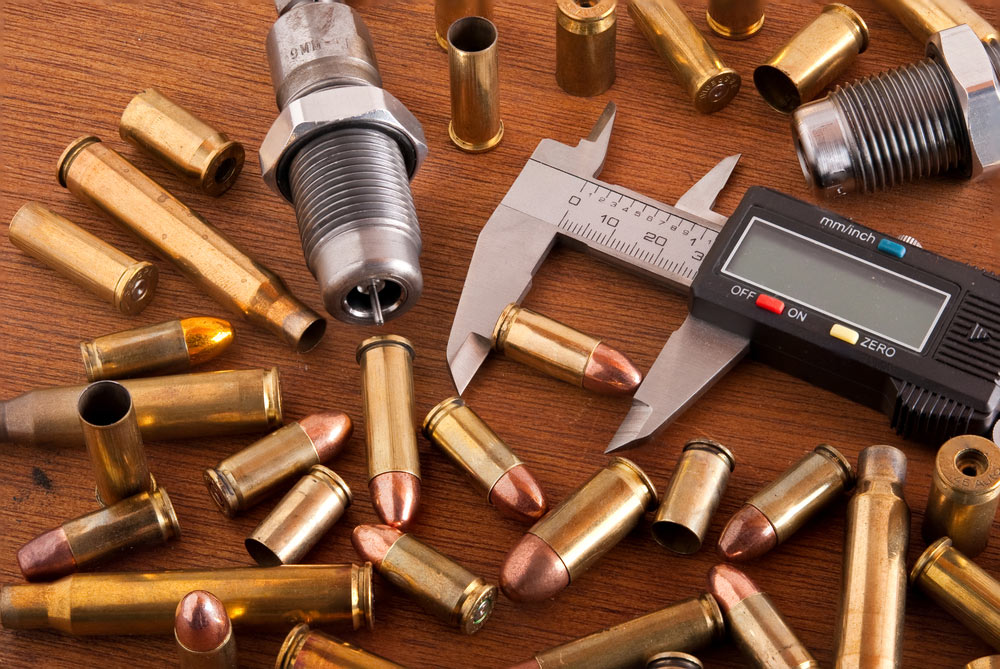



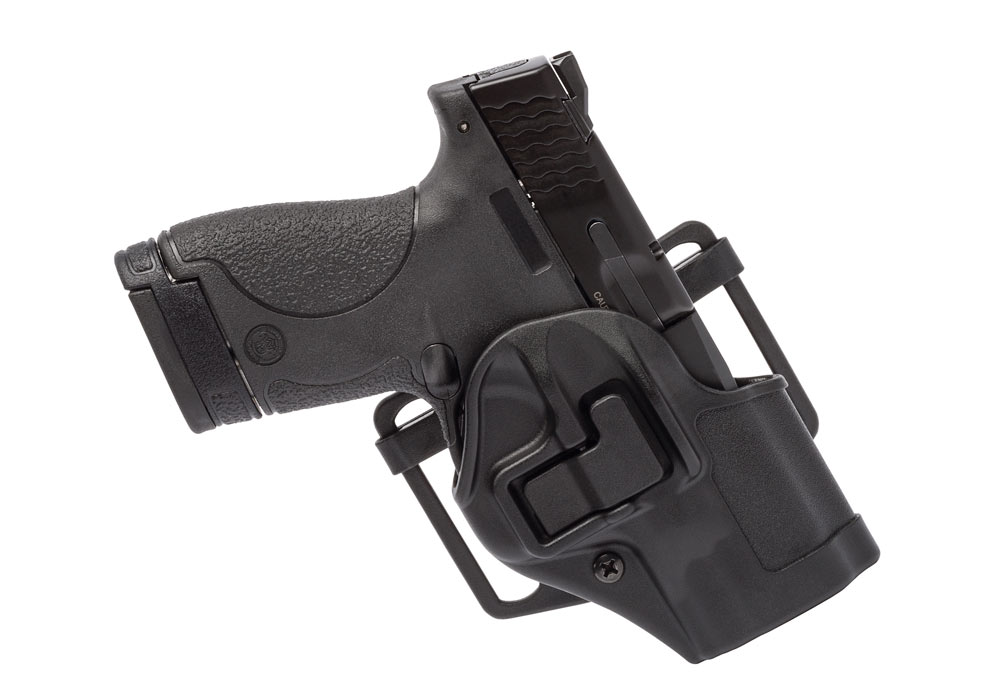
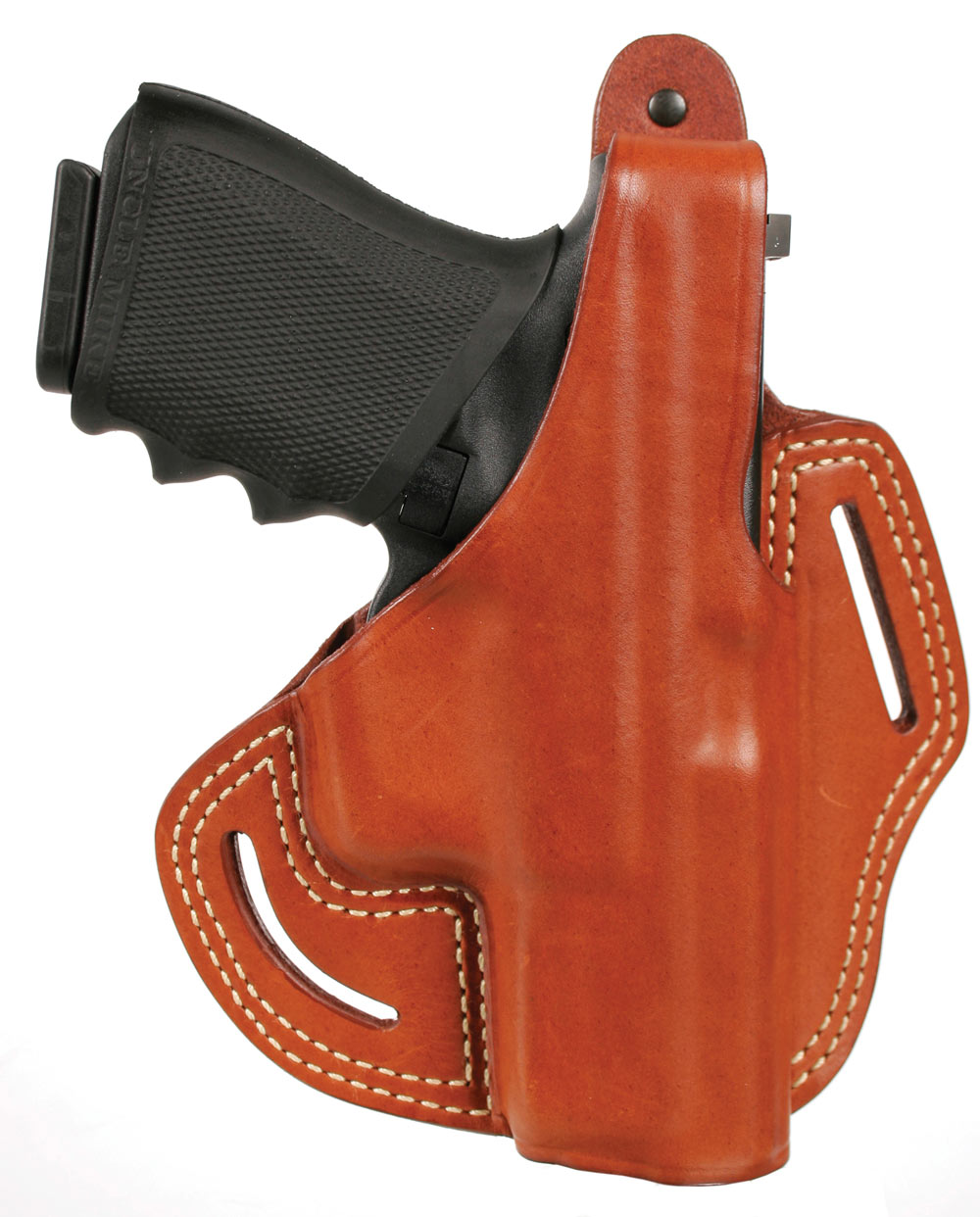
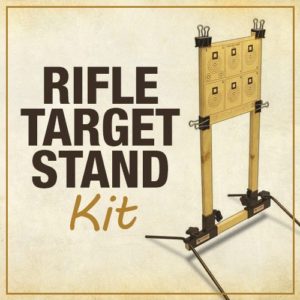

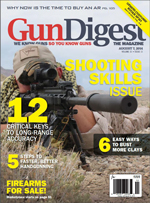
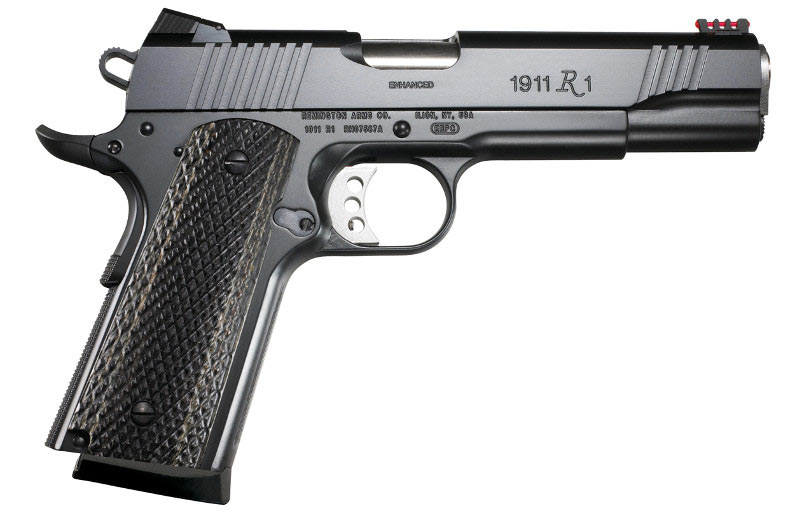
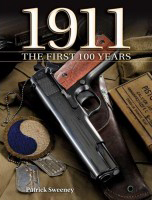


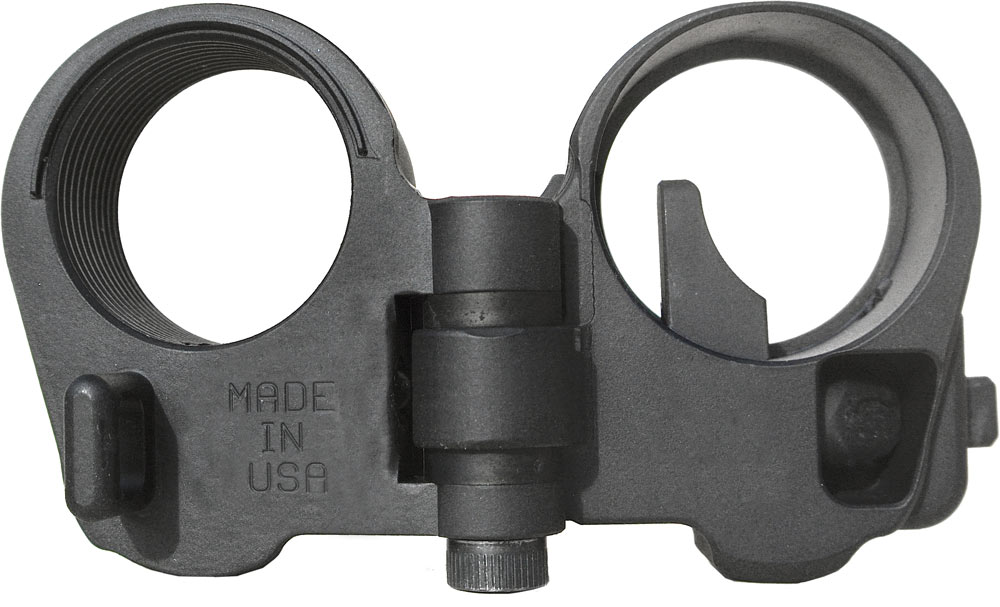
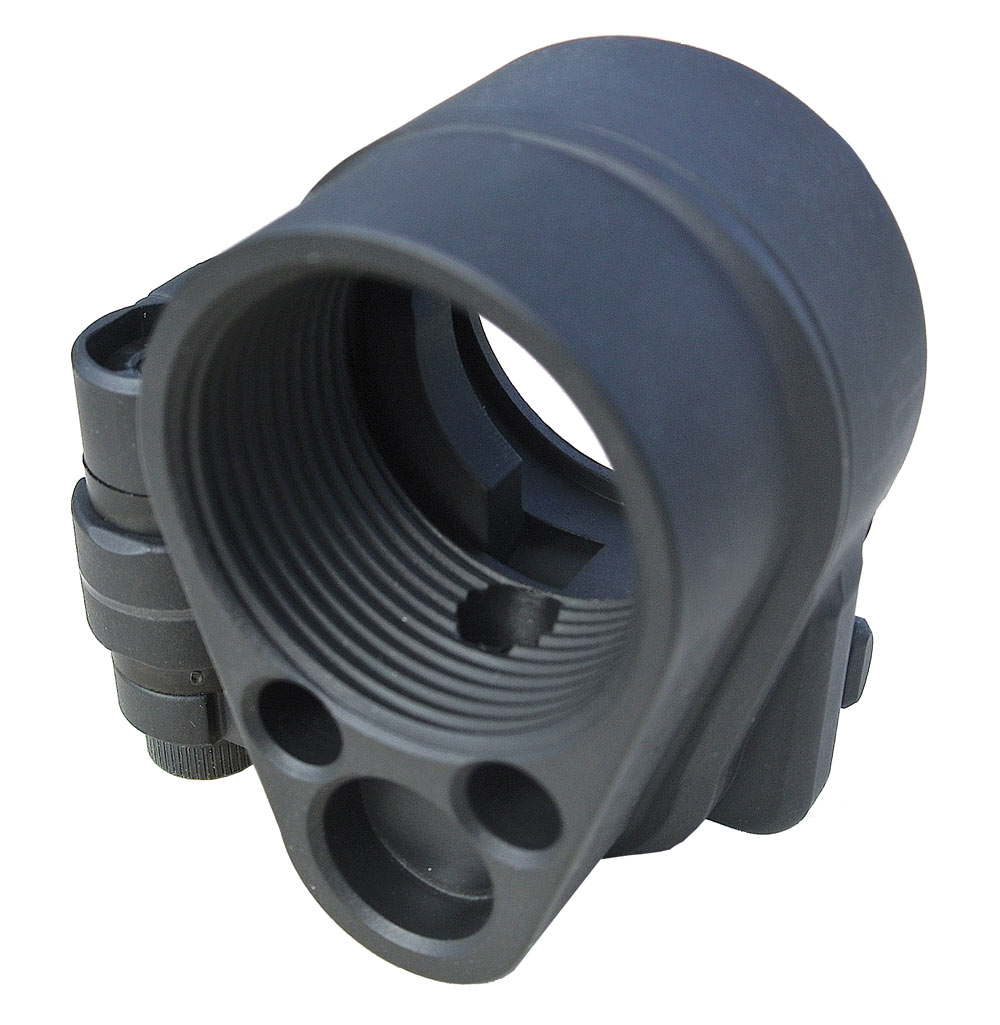
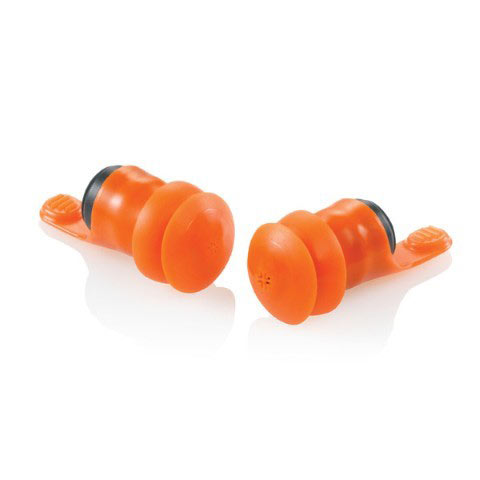
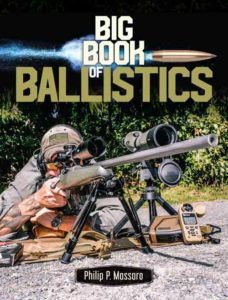
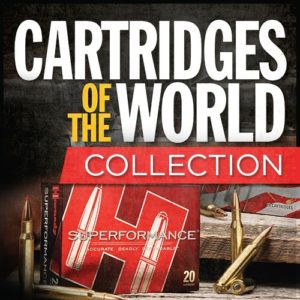
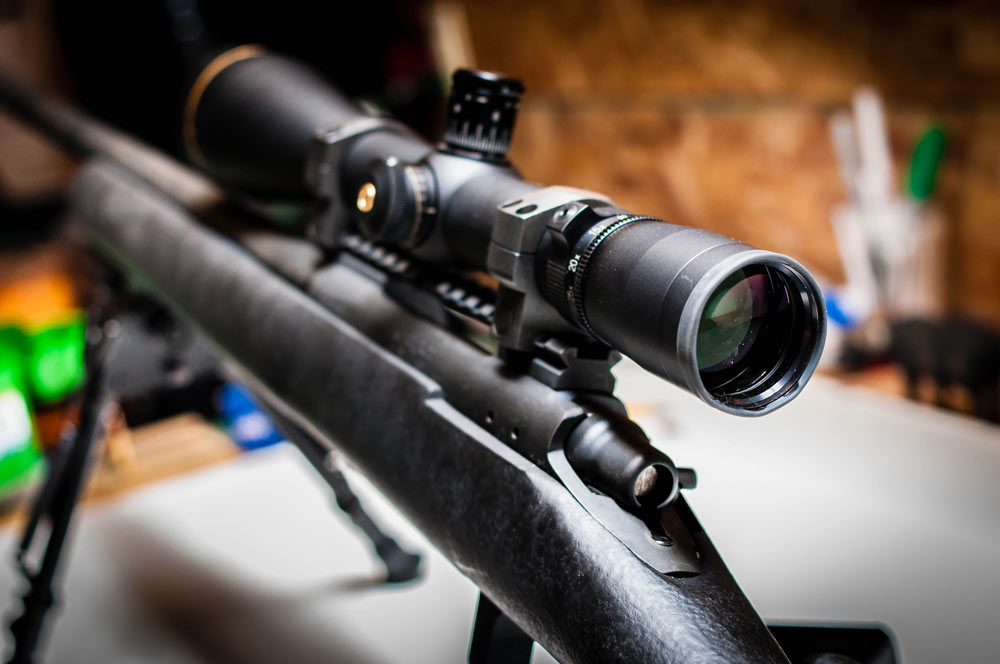
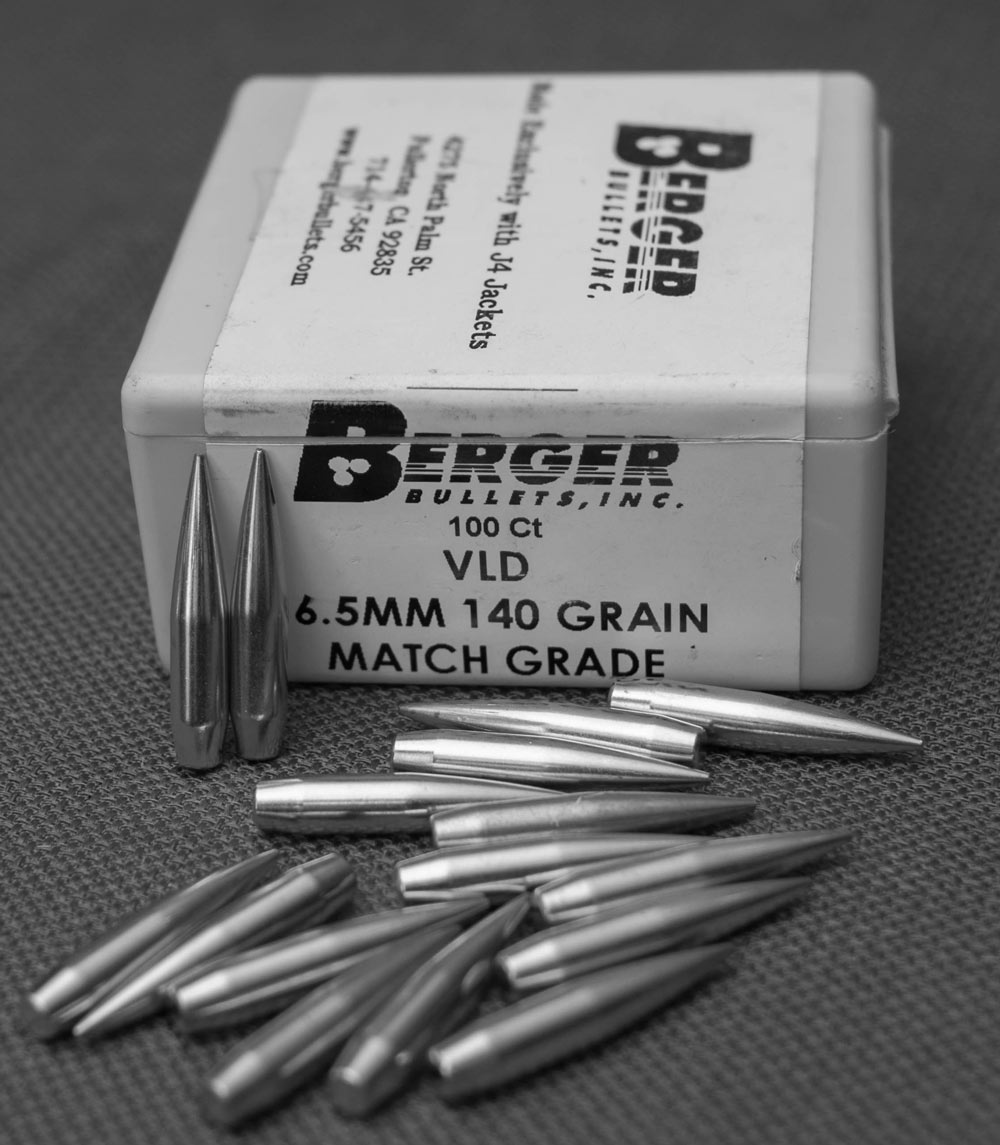

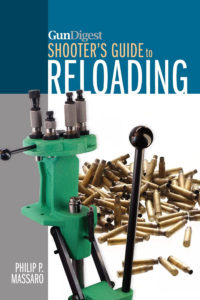


![Best Concealed Carry Guns In 2025 [Field Tested] Wilson Combat EDC X9S 1](https://gundigest.com/wp-content/uploads/Wilson-Combat-EDC-X9S-1-324x160.jpg)


![Best 9mm Carbine: Affordable PCCs [Tested] Ruger Carbine Shooting](https://gundigest.com/wp-content/uploads/Ruger-Carbine-Shooting-100x70.jpg)
![Best AR-15: Top Options Available Today [Field Tested] Harrington and Richardson PSA XM177E2 feature](https://gundigest.com/wp-content/uploads/Harrington-and-Richardson-PSA-XM177E2-feature-100x70.jpg)
